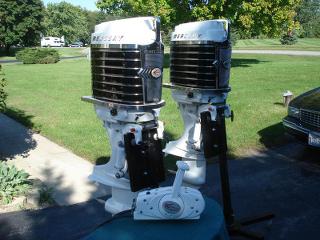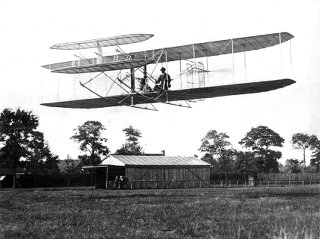Hippike
Pre-takeoff checklist
I'm still a student pilot, so excuse my lack of knowledge or the silliness of the question, but I was wondering:
Props spin clockwise (when viewed from the cockpit) and they do so because they are designed that way and because the starter motor starts spinning it clockwise (and because somebody at the beginning of time decided so... But would it be possible to hand-prop an aircraft in the opposite direction? Ignore the fact that the prop blade is designed so it generates forward thrust when spinning clockwise, but would the engine actually start if I kept propping it counterclockwise?
What determines the rotation of the crankshaft? Pistons have no idea what phase of cycle they are in, all they see is up and down, in their view "up" is either compression or exhaust.
"Who" decides if the crankshaft turns left or right?
Props spin clockwise (when viewed from the cockpit) and they do so because they are designed that way and because the starter motor starts spinning it clockwise (and because somebody at the beginning of time decided so... But would it be possible to hand-prop an aircraft in the opposite direction? Ignore the fact that the prop blade is designed so it generates forward thrust when spinning clockwise, but would the engine actually start if I kept propping it counterclockwise?
What determines the rotation of the crankshaft? Pistons have no idea what phase of cycle they are in, all they see is up and down, in their view "up" is either compression or exhaust.
"Who" decides if the crankshaft turns left or right?


